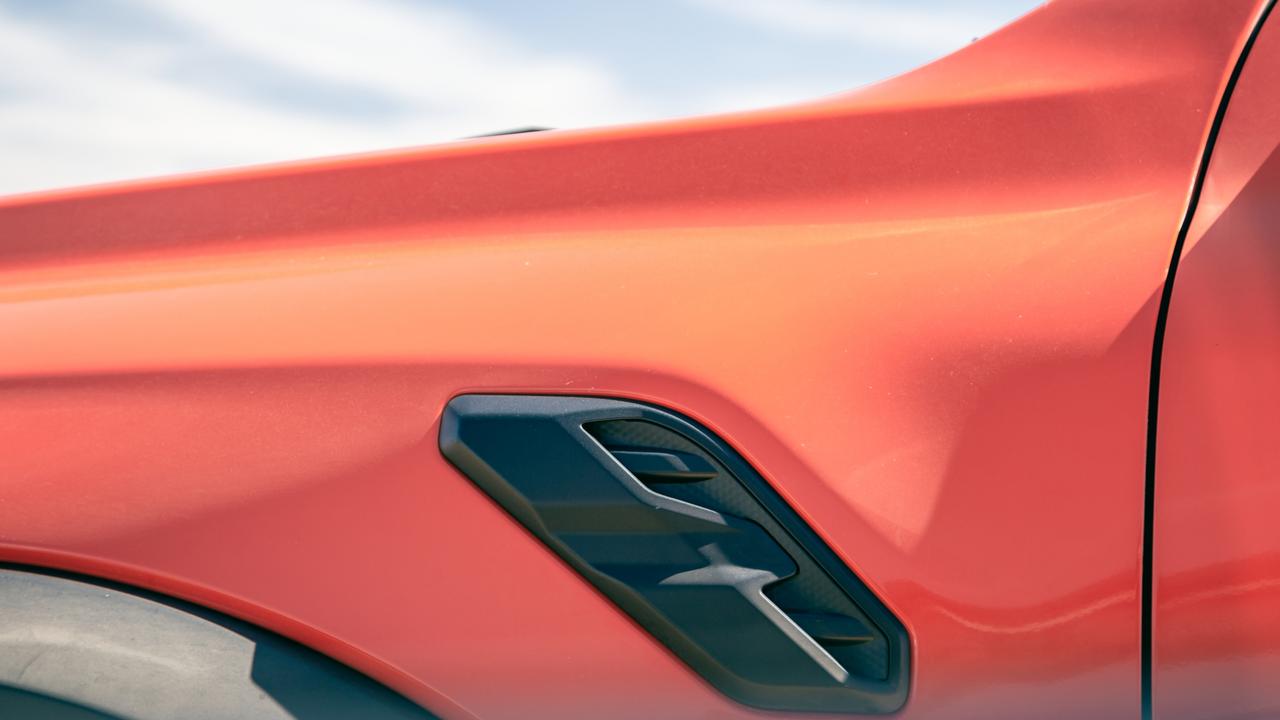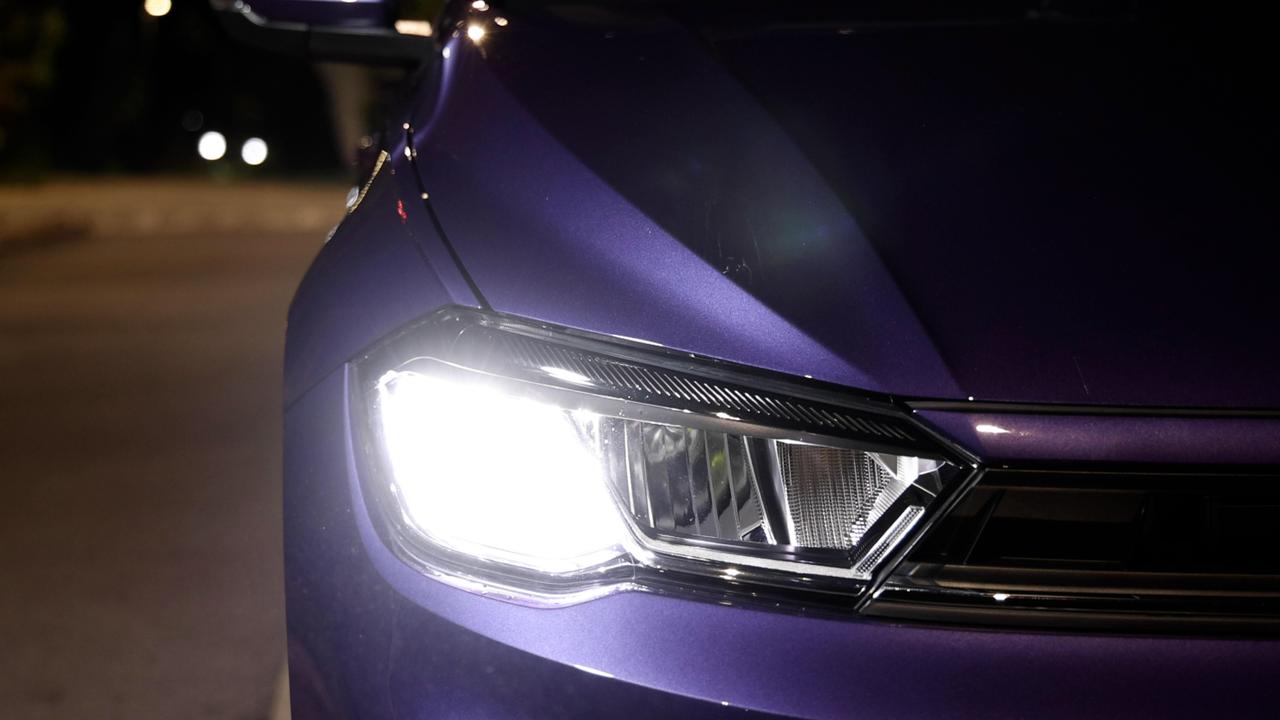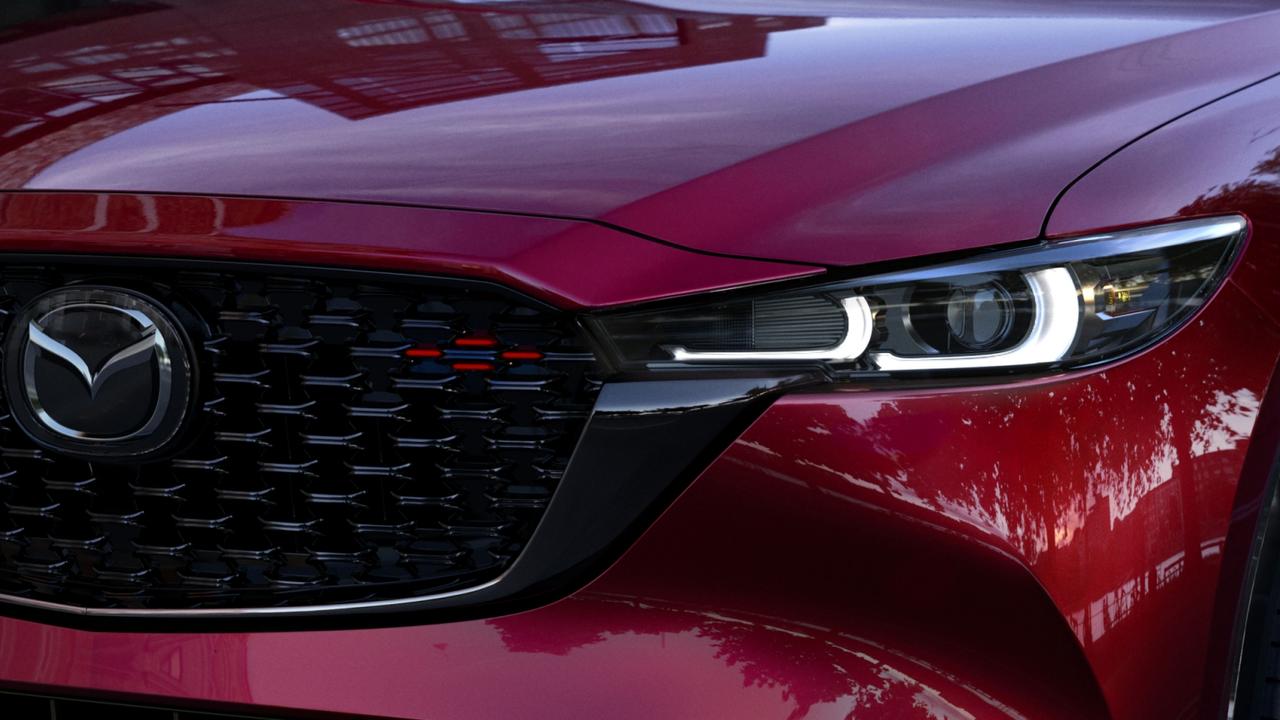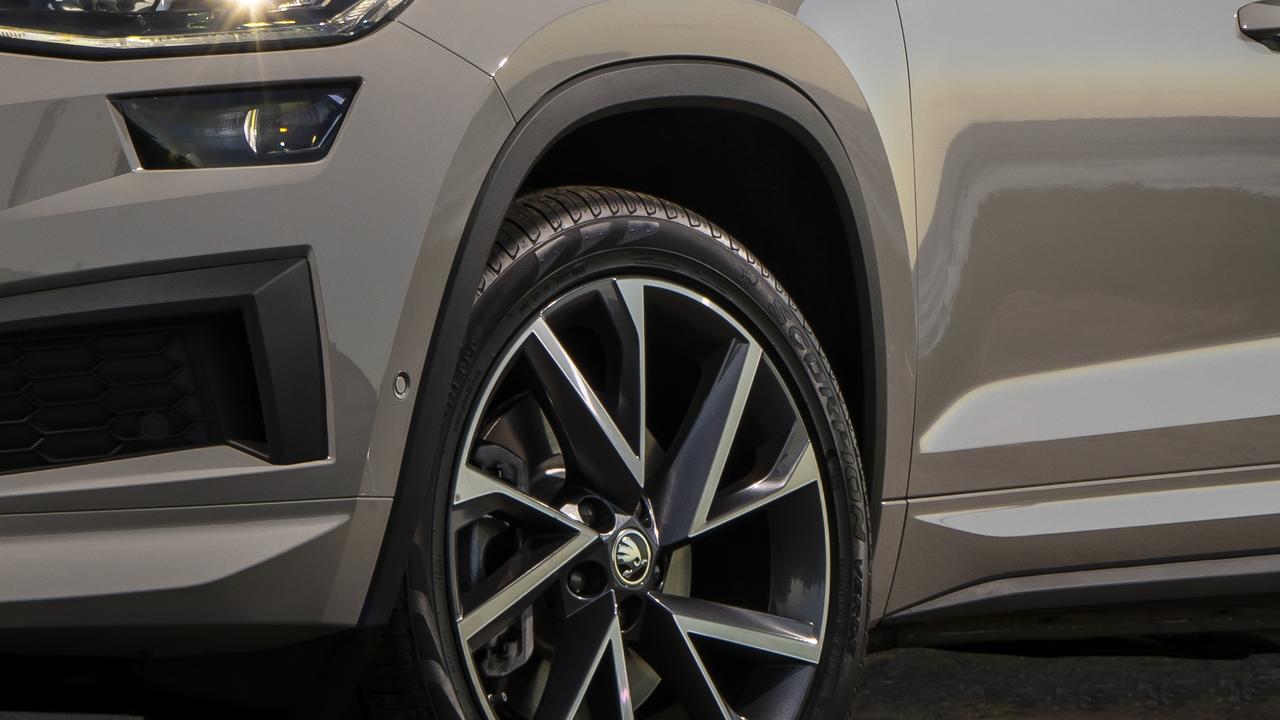Two removable covers in the lower bumper of the second-generation Ford Ranger Raptor give an insight into the tough truck’s capability. Stamped with “remove before flight”, they’re proof the pinnacle of the new Ranger line-up is designed to make you smile – and that it may not always have its wheels on the ground.
I learn this seconds after being asked to brake to 110km/h on a dusty, bumpy dirt track as we bound towards a tabletop rise.
The Raptor heads for the sky before landing with cat-like dexterity, an amazing feat from a 2.4-tonne-plus ute engineered to go fast over just about any terrain.
Our drive is well away from public roads on a private property in the South Australian outback where development mules have been pummeled and punished over tens of thousands of kilometers.
Australia is the global design and engineering hub for the new Ranger and its vast selection of harsh roads makes it the ideal test bed for a truck that will be sold across the globe.
The all-new Raptor builds on a successful formula but its heart has been seriously boosted.
Rather than a fuel-sipping diesel, the new Raptor has a 3.0-liter twin-turbo petrol V6.
Its 292kW and 583Nm outputs are akin to a V8 – and there’s a thirst to match. It slurps a claimed 11.5 liters per 100km but expect real-world use to be higher.
Teamed with a 10-speed automatic, the engine can blast the Raptor to 100km/h in about six seconds – over just about any terrain, courtesy of a permanent four-wheel drive system.
It’s fiery and fast, the engine building enthusiasm as revs rise.
The black twin exhaust tips of these development vehicles have been sandblasted from gravel spewing out from the broad off-road tires, but production versions have a hardier, shiny stainless steel finish.
The Raptor does without the Eco or Tow drive modes in the regular Ranger, replacing them with Sport and Baja settings.
Baja mode keeps the turbo spinning between stabs of the throttle to reduce lag and improve response when darting between corners. It also adds a rortier snarl to the exhaust and preps the suspension for high-speed attacks.
The brakes – discs all around, now with an electronic booster – are primed for gravel, allowing some skidding for added bite on dirt.
The Raptor’s secret sauce is suspension that bears little resemblance to the rugged setup in garden variety Rangers. Left- and right-hand wheels are 60mm further apart, there are bulging wheel arches (the Raptor is 110mm wider than regular Rangers) and there’s a more sophisticated coil-spring system replacing leafs at the back.
The chassis has been strengthened and off-road specialist Fox developed race-inspired shock absorbers with “position-sensitive damping”.
It’s on the landing from a brief airborne excursion that you appreciate the weakness of its control, the dampers almost instantaneously firming towards the end of the suspension travel. They can also tighten to reduce squatting on fast take-offs.
The Raptor points sharply on this challenging terrain and bumps doing little to upset things.
The work going on at ground level means you can cover rough ground ludicrously fast but with control and composure no normal ute comes close to.
It’s an impressive effort for a ute that also tows 2500kg and carries 717 kilograms in a tray that accommodates a pallet.
Rugged BF Goodrich off-road tires claw the loose gravel beautifully, giving the Raptor rally car-like traction. We’ve previously been less impressed with them on wet bitumen, but that’s not the prime remit of the Raptor.
The new Raptor doesn’t come cheap, although against other muscle machines it’s arguably a bargain, starting at about $92,000 drive-away. “Code Orange” highlights – including a rally-like center marker on the steering wheel – and heavily bolstered seats with Raptor badging reinforce the image.
It gets most of the equipment on the Ranger Wildtrak, including ambient lighting, a 360-degree camera, 12-inch touchscreen, over-the-air software updates and a range of active safety systems.
To that it adds a broader 12.4-inch digital instrument cluster and a Premium Pack with 10-speaker Bang & Olufsen audio, overhead auxiliary switches and matrix LED headlights.
But’s it’s the added V6 muscle and impressive dynamic nous that transforms this ute from a workhorse into a roadgoing off-road racer with genuine pace. The original Raptor was proof of concept, the new one has added pace to match its muscles.
VERDICT
The ute equivalent of a GT3 racer covers rough ground ludicrously quickly.
FORD RANGER RAPTOR
PRICE From about $92,000 plus on-roads
WARRANTY/SERVICE 5 yrs/unlimited km, $1316 over four years
SAFETY Nine airbags, autonomous emergency braking, lane-keep assist, speed-sign recognition, 360-degree camera, driver monitor, blind-spot warning
ENGINE 3.0-litre V6 twin-turbocharged, 292kW/583Nm
THIRST 11.5L/100km
SPARE full size
TOWING/PAYLOAD 2500kg and 717kg
.



